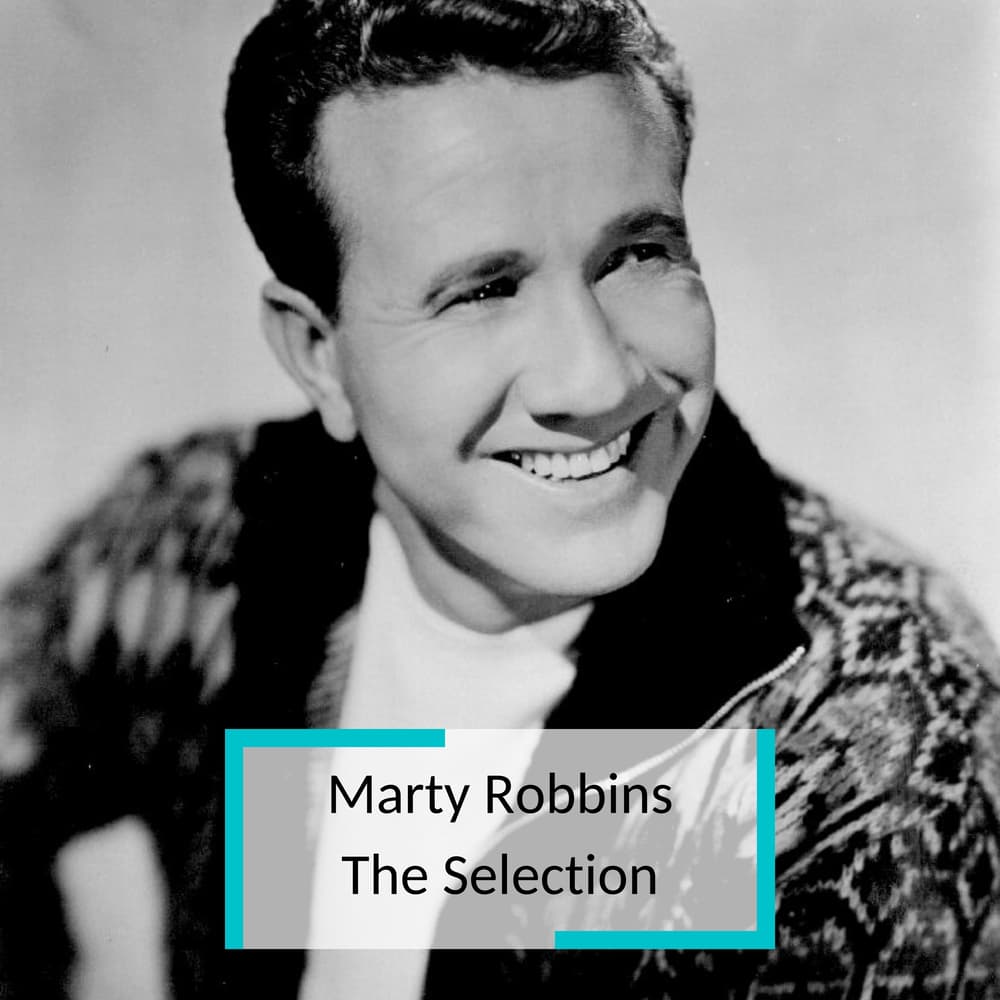
A Ballad of Love, Loss, and the Dusty Plains
El Paso, a sprawling narrative set against the backdrop of the American West, tells a poignant tale of a wandering cowboy’s intense love and tragic fate, forever echoing in the canyons of our memories.
Ah, Marty Robbins. The name itself conjures images of vast landscapes, the strum of a lonely guitar, and stories spun with a voice as smooth as aged whiskey. When “El Paso” first graced the airwaves in the autumn of 1959, it wasn’t just another song; it was an event. It galloped its way to the very pinnacle of the Billboard charts, claiming the coveted number one spot and holding it firm for two glorious weeks in early 1960. This wasn’t a fleeting success; it was a cultural phenomenon, a song that embedded itself into the very fabric of American musical consciousness.
The genius of “El Paso” lies not only in its captivating melody, a blend of traditional Mexican folk and country western sensibilities, but also in its intricate and cinematic storytelling. Unlike the shorter, more conventional songs of the era, “El Paso” sprawled over four minutes – an eternity in radio time back then – yet every second was filled with vivid imagery and raw emotion. It was like listening to a short story unfold, each verse painting a picture of a dusty saloon, a beautiful Mexican maiden named Felina, and a love as passionate as it was doomed.
The story behind the song is as intriguing as the ballad itself. Marty Robbins reportedly conceived the idea for “El Paso” while driving through the very town it immortalizes, El Paso, Texas. The vastness of the landscape, the echoes of a bygone era, and perhaps a touch of romantic fancy sparked the narrative in his fertile imagination. He meticulously crafted the lyrics, weaving a tale of a cowboy who falls deeply in love with Felina, a dancer in a local saloon. Consumed by jealousy, he shoots a rival and is forced to flee, only to be drawn back by the irresistible pull of his love, a decision that ultimately leads to his tragic demise.
The meaning of “El Paso” resonates deeply because it taps into universal themes of love, regret, and the consequences of impulsive actions. The cowboy’s desperate ride back to Felina, knowing the danger that awaits him, speaks volumes about the power of love and the torment of separation. His final moments, with Felina bending over him, encapsulate the bittersweet nature of their connection – a love found and lost in the blink of an eye.
“El Paso” wasn’t just a hit song; it was a groundbreaking achievement. Its length and narrative complexity paved the way for other story-driven songs in country and popular music. It also showcased Marty Robbins’ exceptional talent as a songwriter and storyteller. His rich baritone voice, filled with both tenderness and a hint of melancholy, brought the cowboy’s plight to life in a way that few other singers could.
The song’s enduring appeal lies in its ability to transport listeners to another time and place. Close your eyes, and you can almost feel the desert wind on your face, hear the clinking of glasses in the saloon, and see Felina’s dark eyes. “El Paso” is more than just a song; it’s a miniature Western film for the ears, a testament to the power of music to evoke vivid emotions and lasting memories. It remains a beloved classic, a staple of country music, and a poignant reminder of the timeless themes that resonate across generations. The album it hailed from, “Gunfighter Ballads and Trail Songs”, further solidified Marty Robbins’ legacy as a master storyteller of the American West. This collection of songs, steeped in the lore and romance of the frontier, remains a cherished part of our musical heritage, with “El Paso” shining as its brightest star.